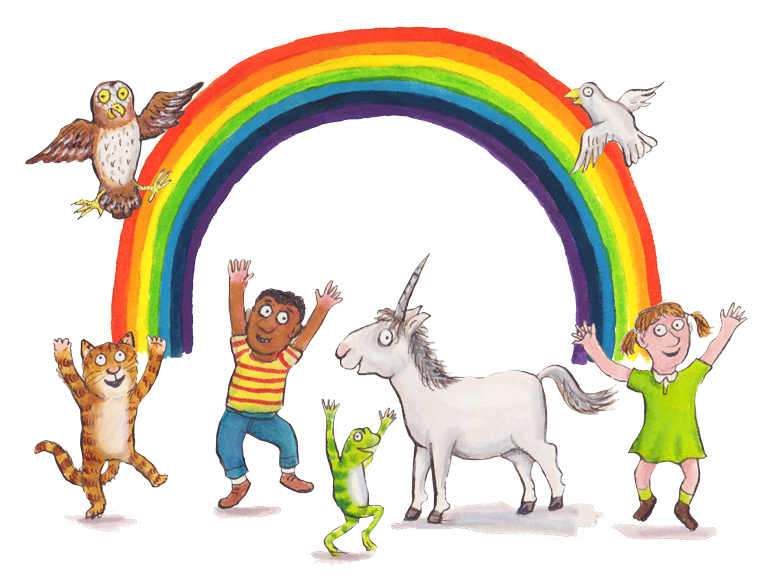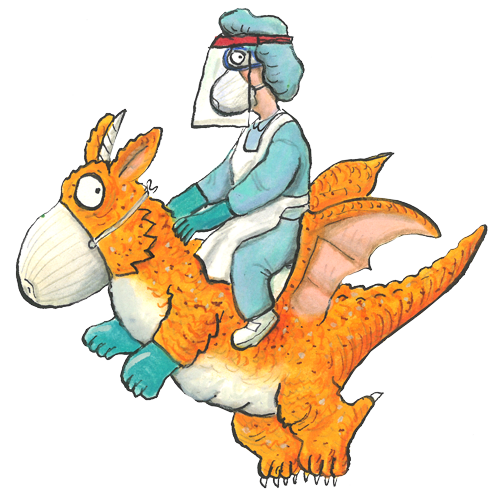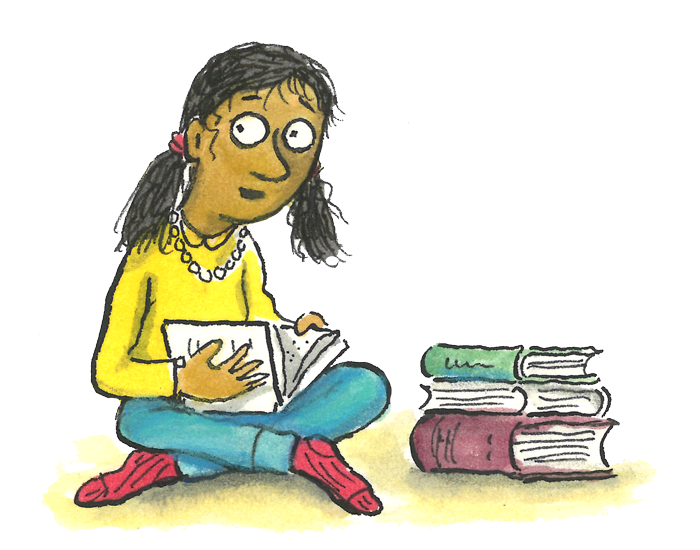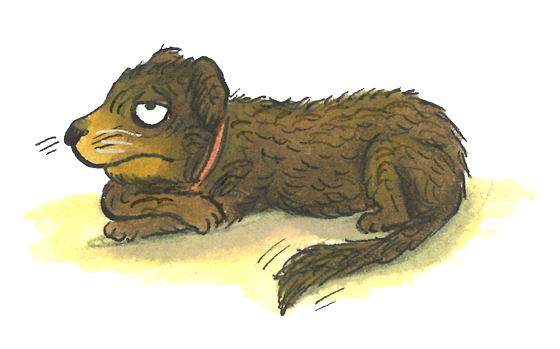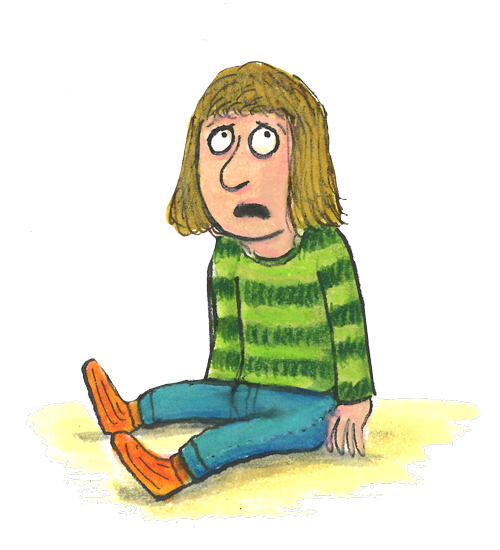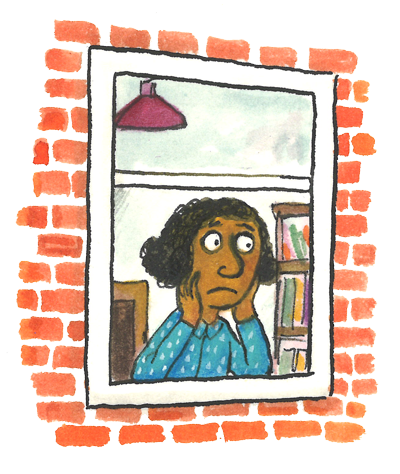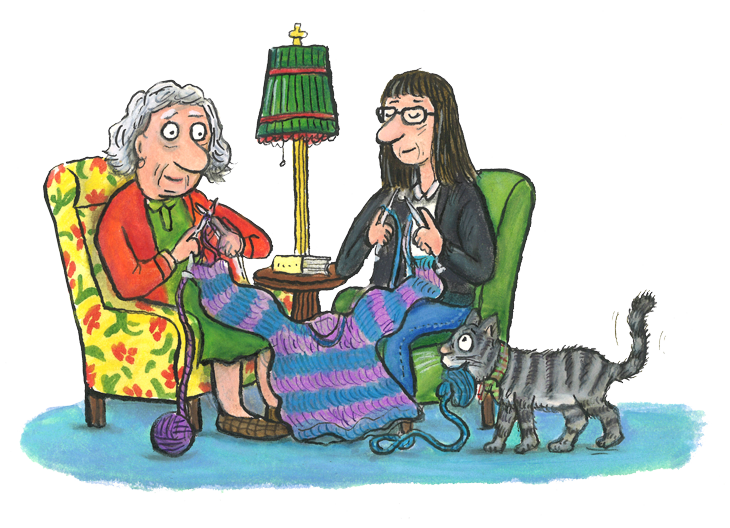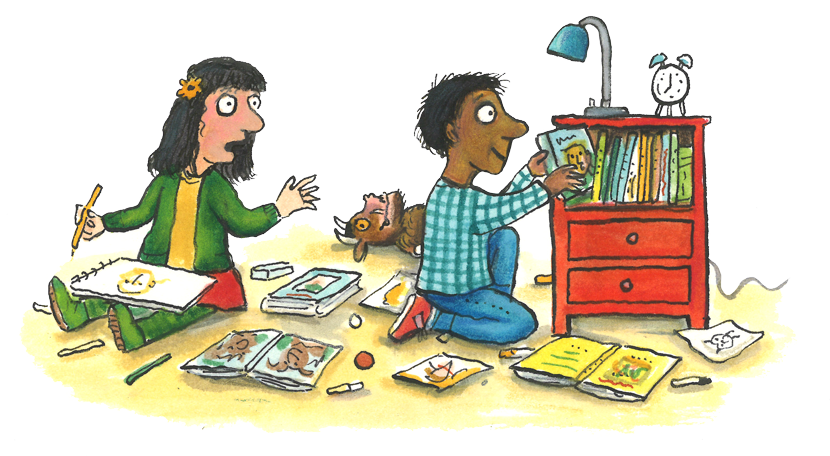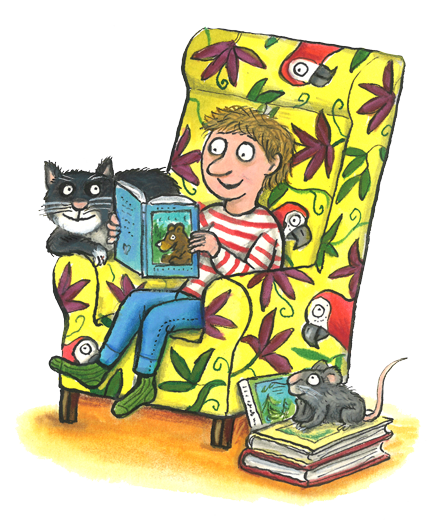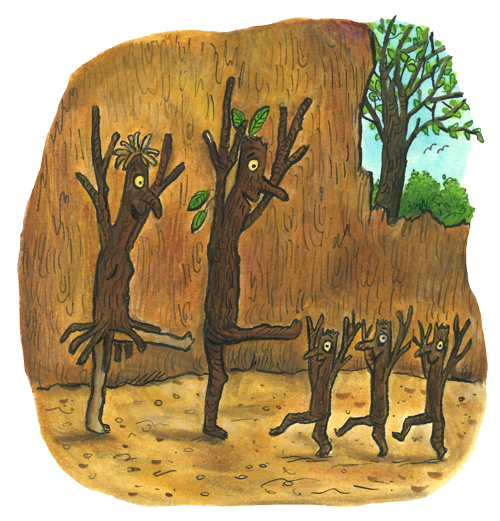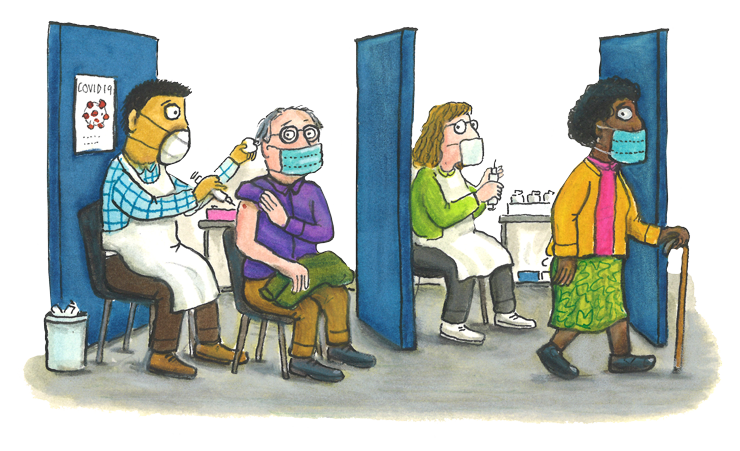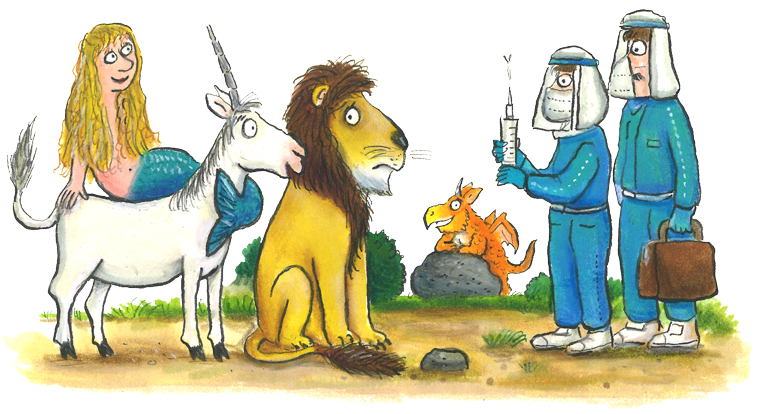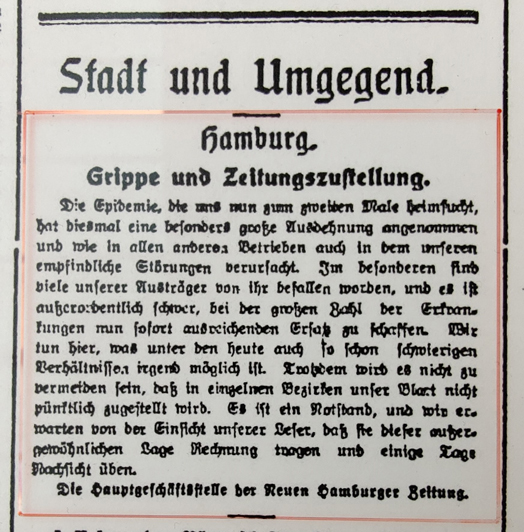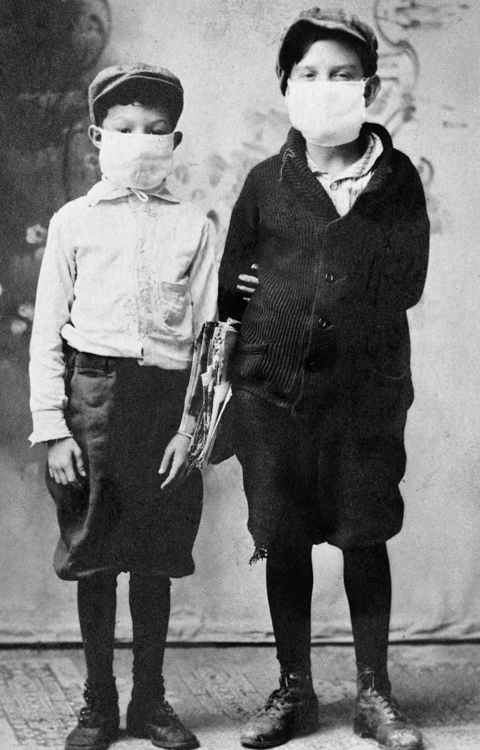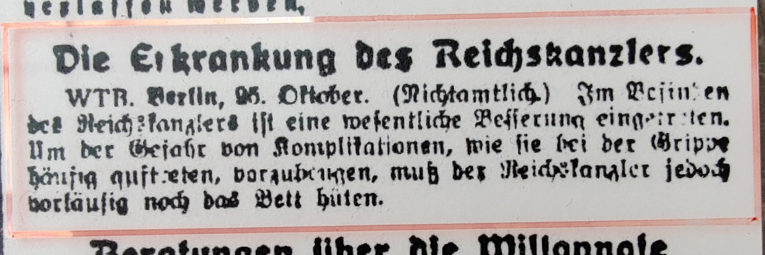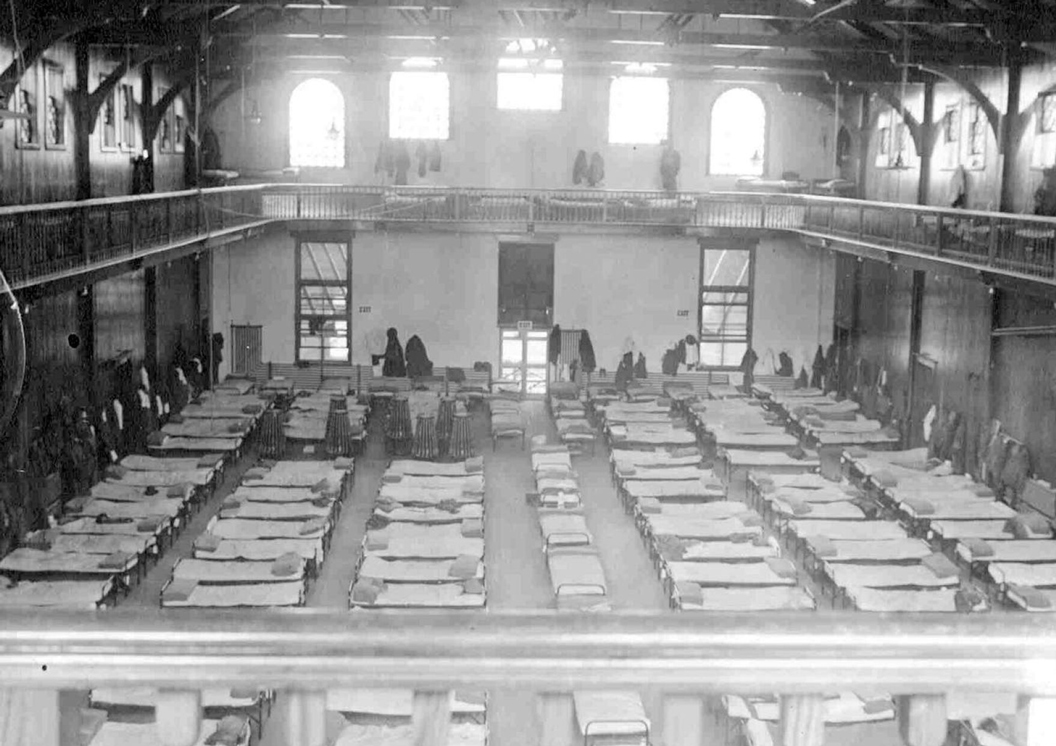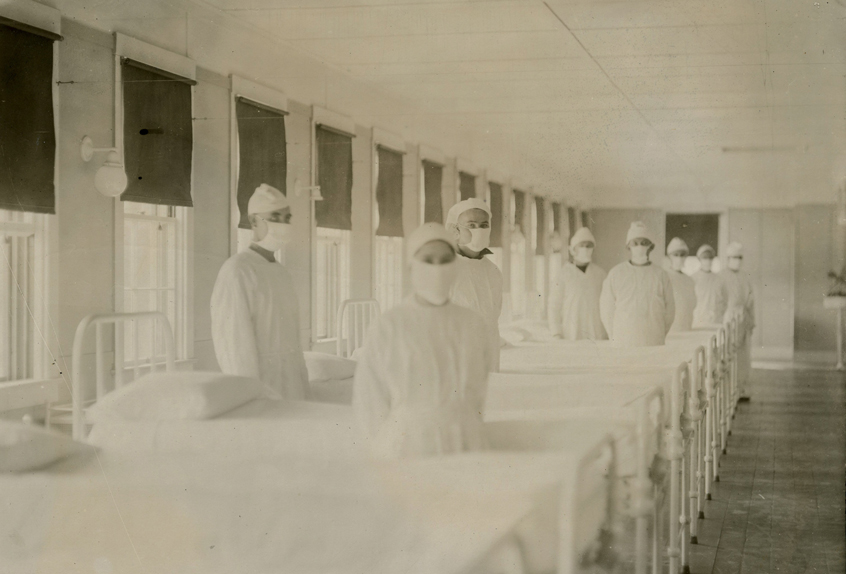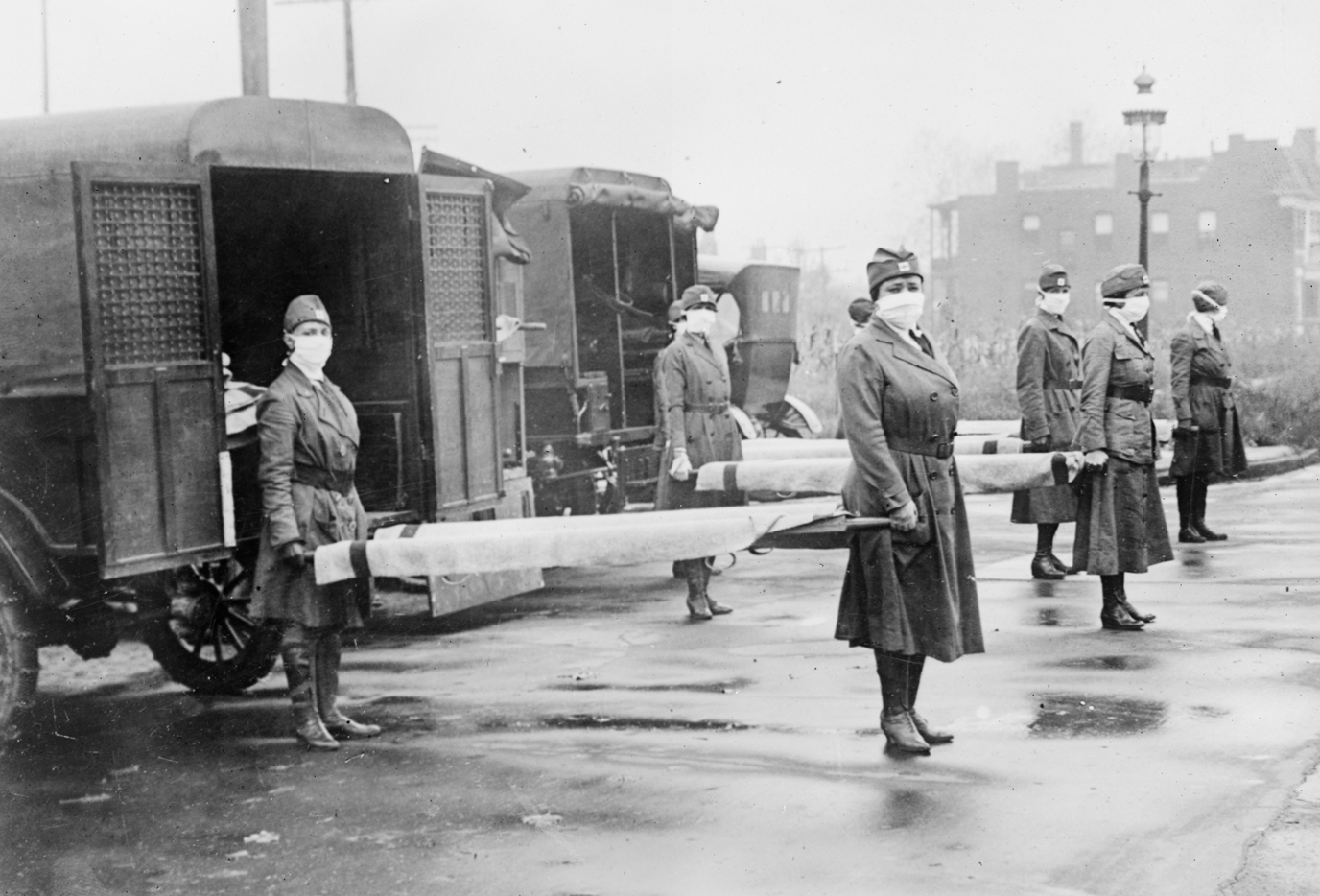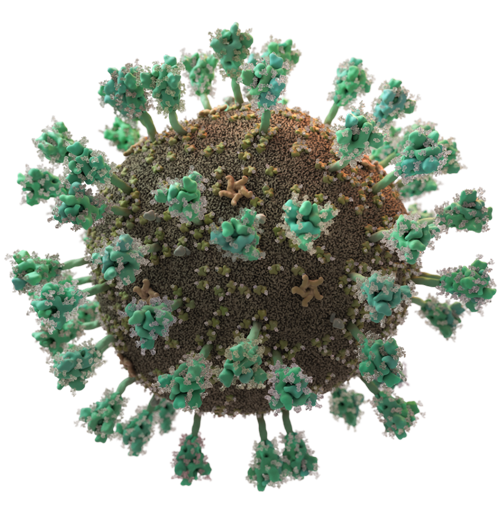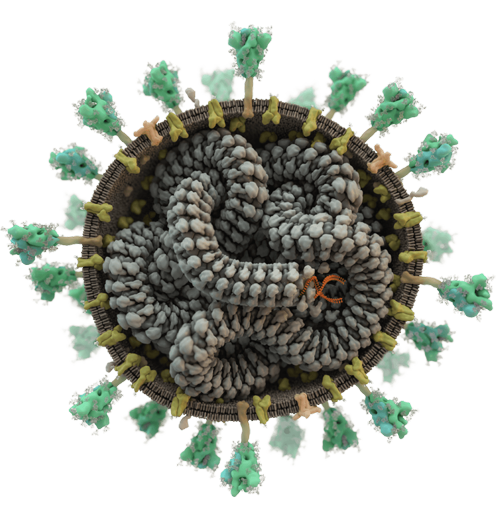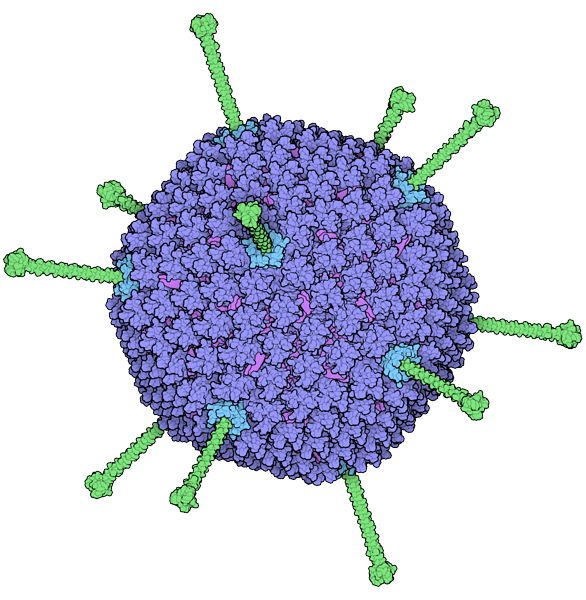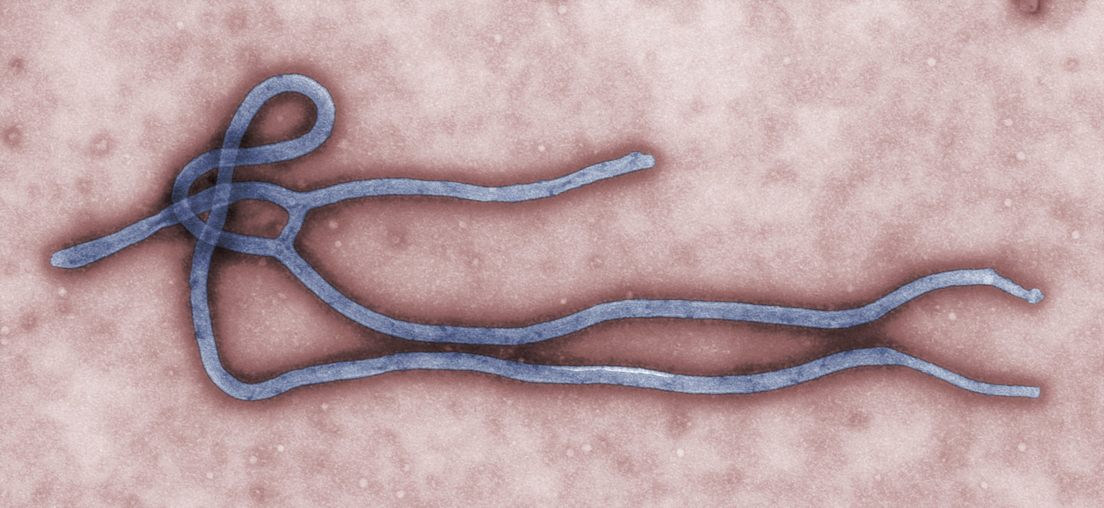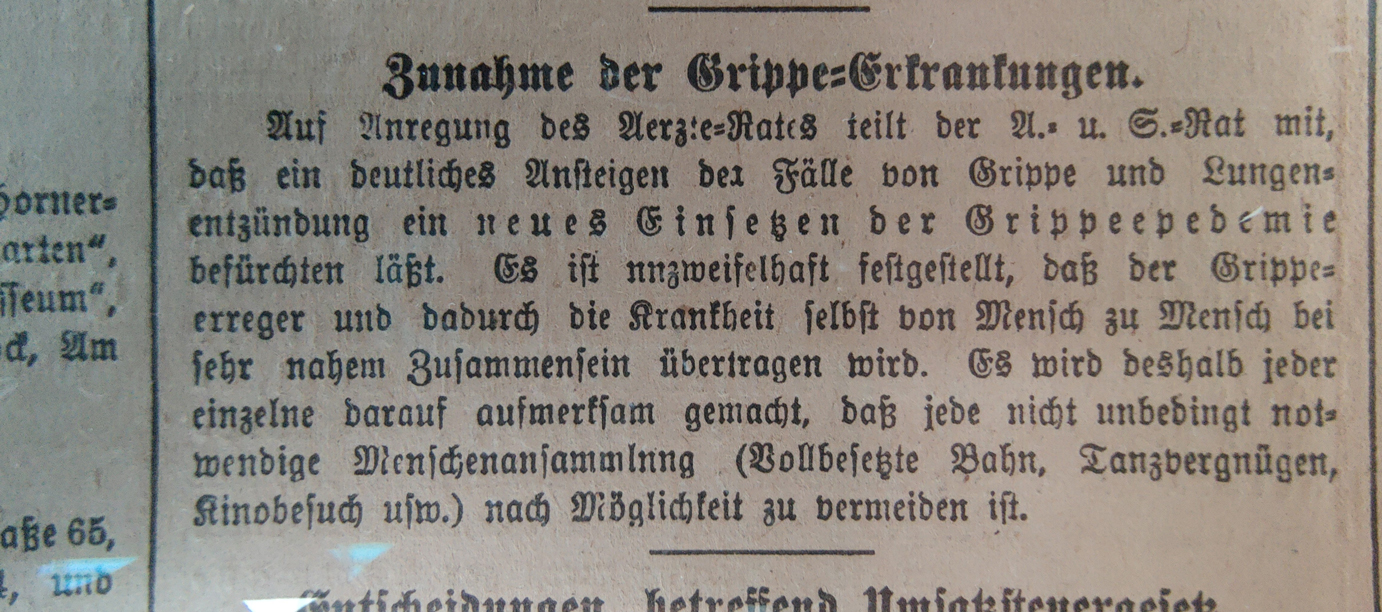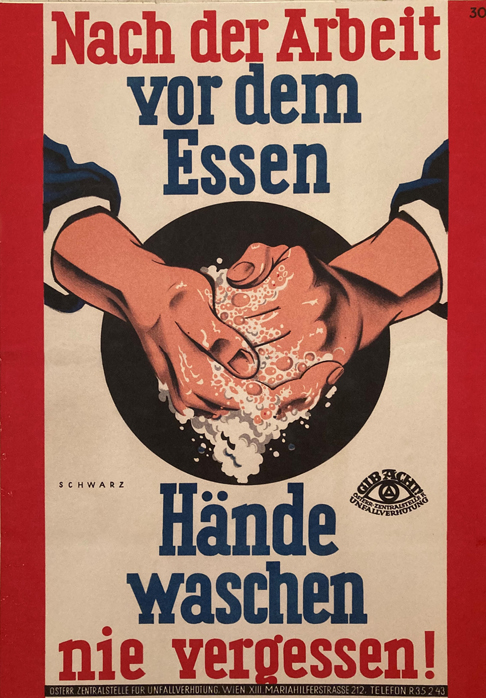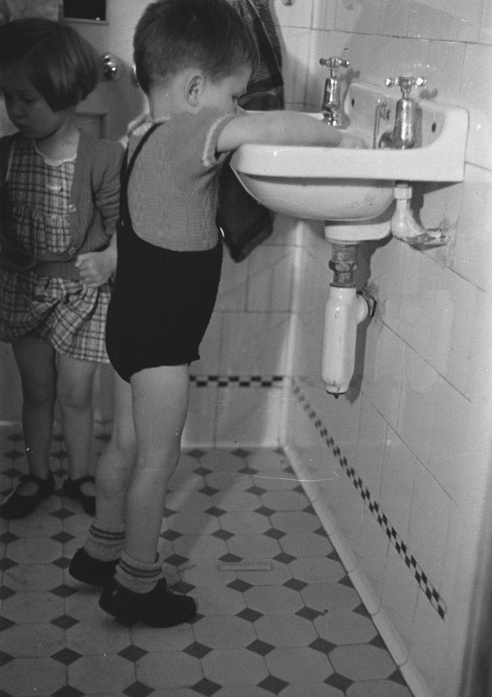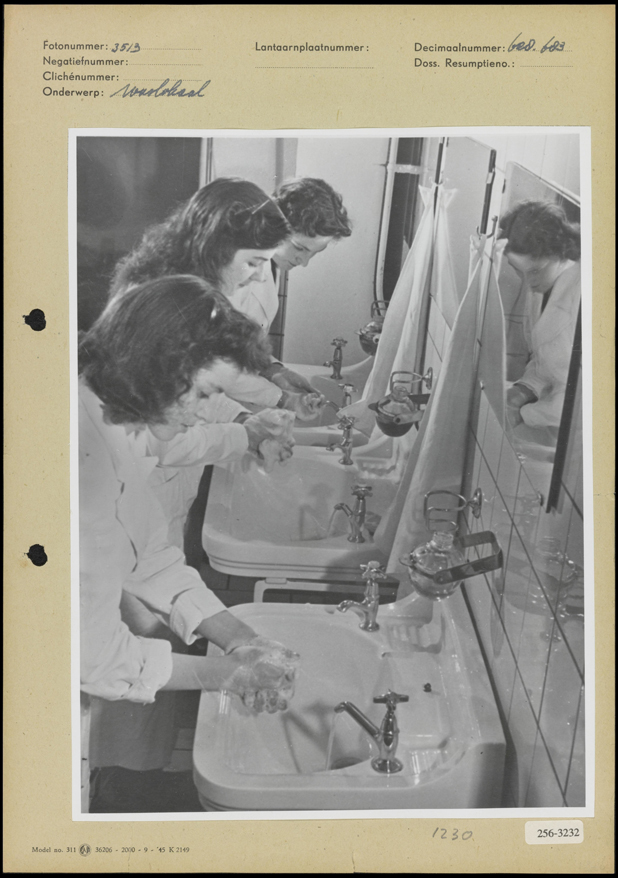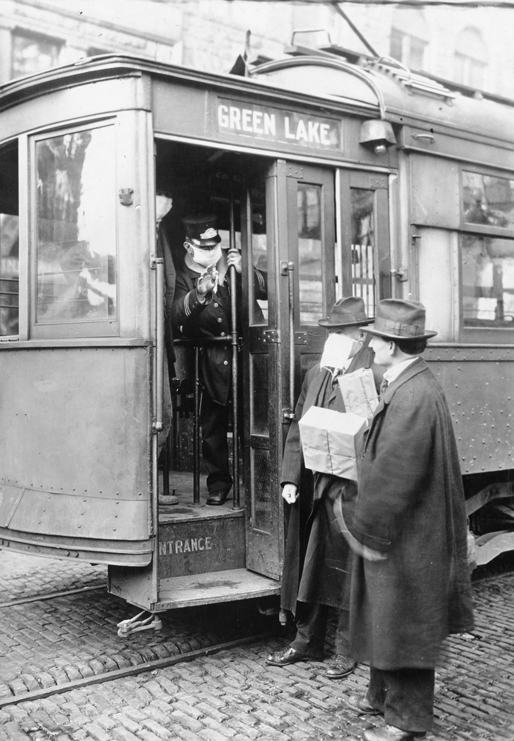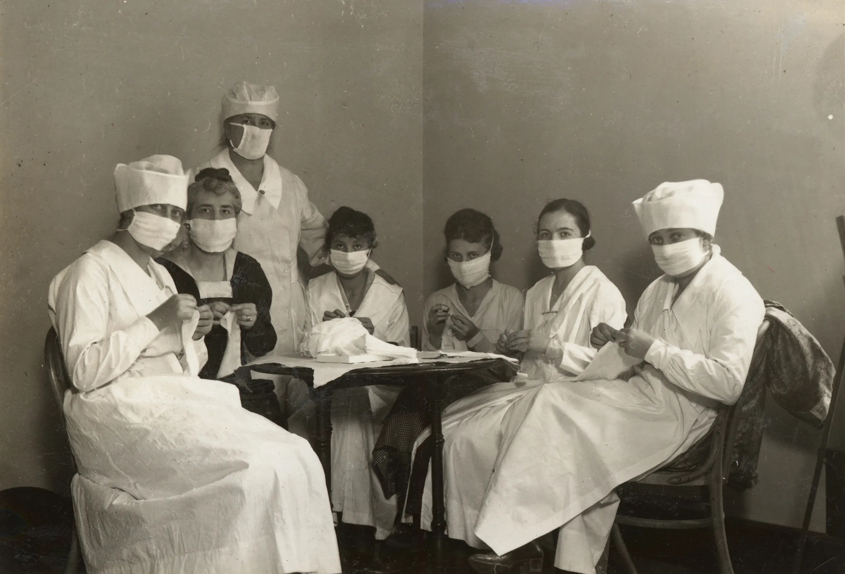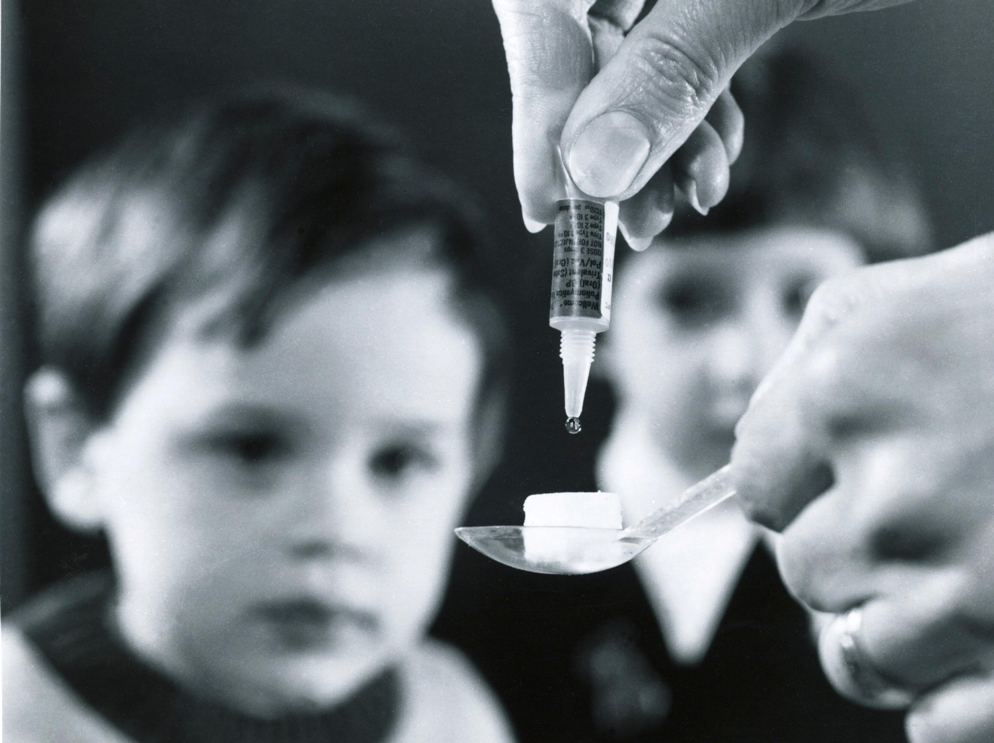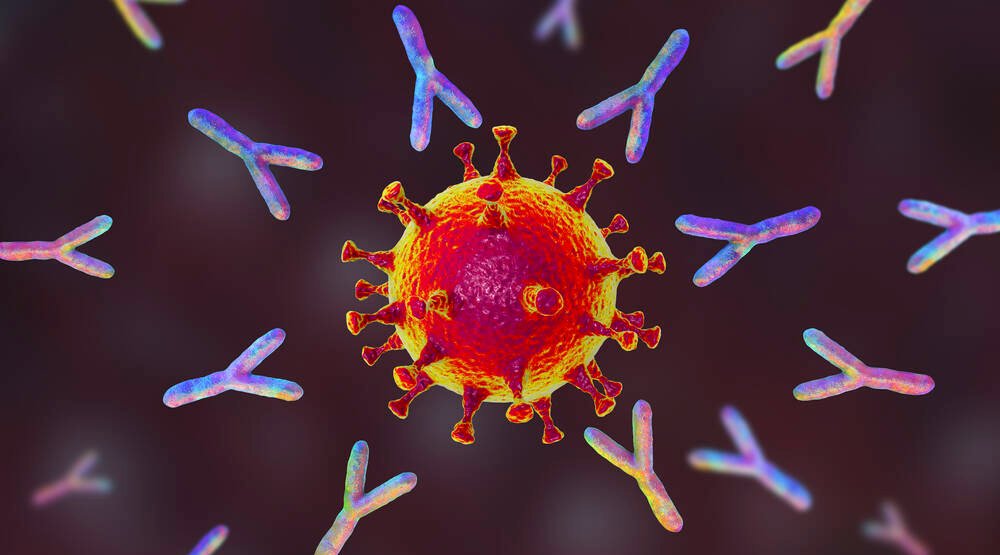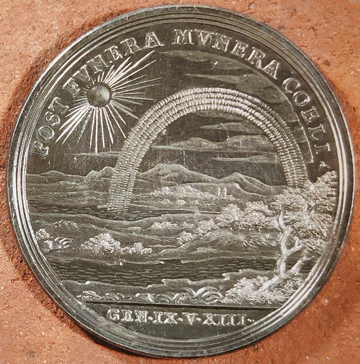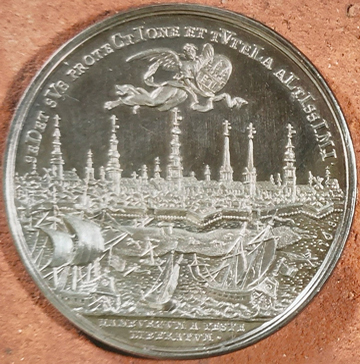How did it all begin?
Coronavirus arrives on the scene.
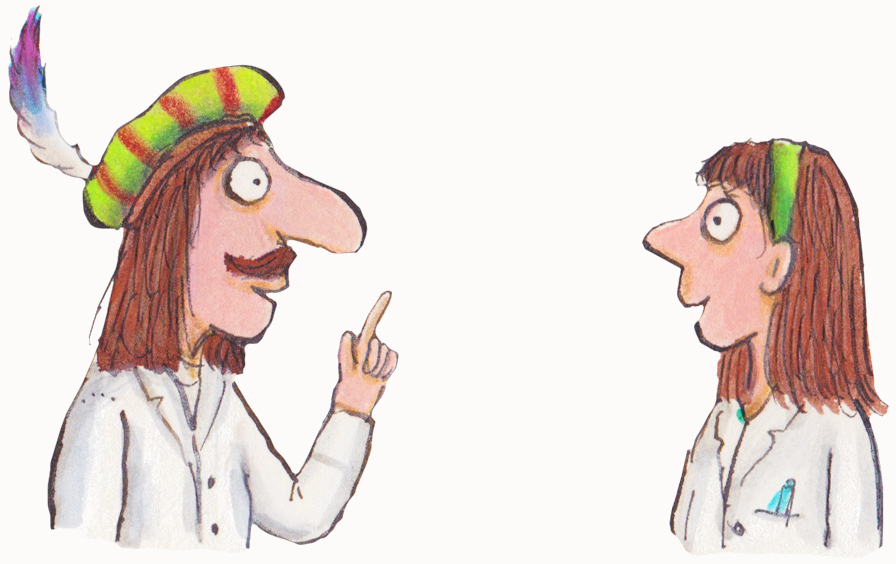
Prince: «Tell me, what on earth is going on here?»
Princess Pearl: «Many people all over the world are suddenly falling ill.»
Prince: «What is this strange disease?»
Princess Pearl: «Adults call it a corona pandemic!»
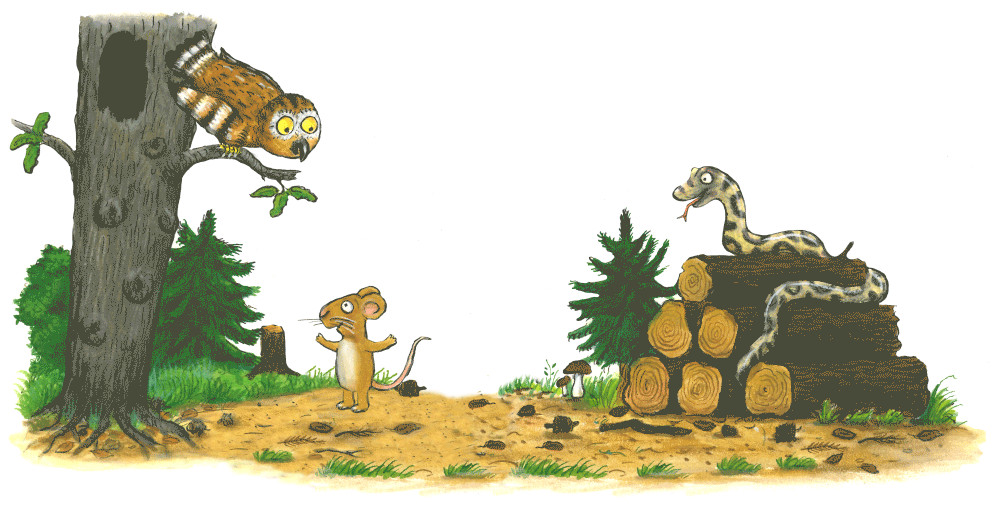
The news of an unknown disease is spreading rapidly among the animals in the forest.
Even the cunning snake is worried …
What is a pandemic?
The coronavirus has spread all over the world.
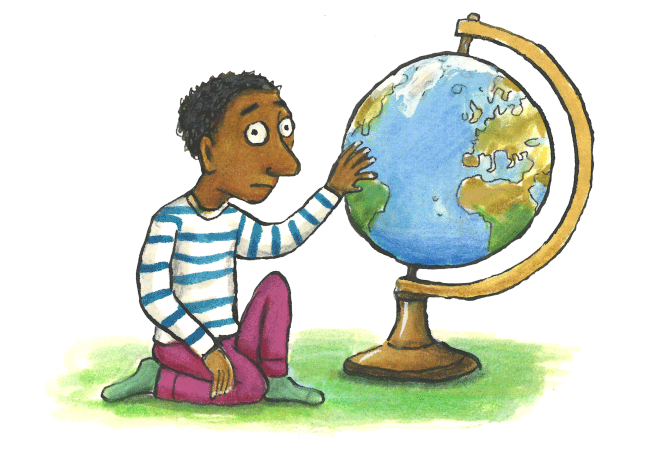
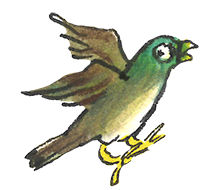
When people fall ill with a contagious disease in a particular area of the world, we call it an epidemic. When people all over the world are getting sick, we call it a pandemic. Pandemics existed long before the coronavirus.
What is a virus?
The disease is caused by a virus called corona, which got its name because it looks like a crown under a microscope.
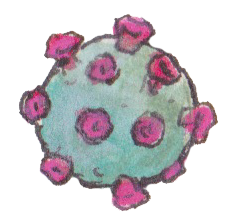
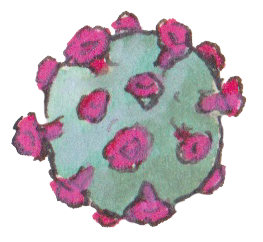
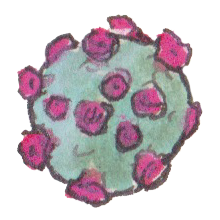





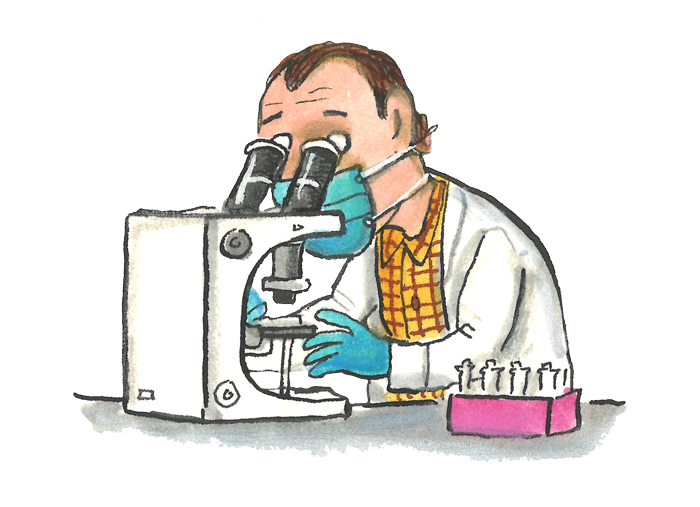

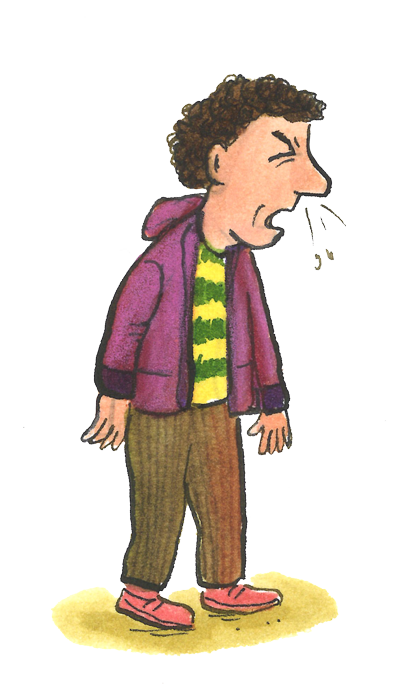
When viruses enter our bodies, they can make us sick. As well as the coronavirus, they can cause other things like colds, chickenpox, measles and flu.
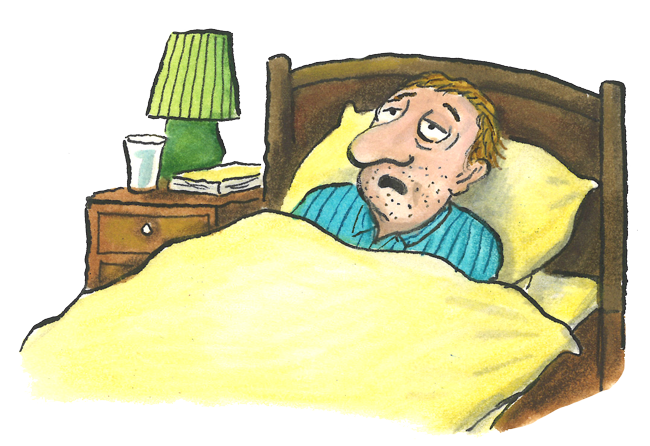
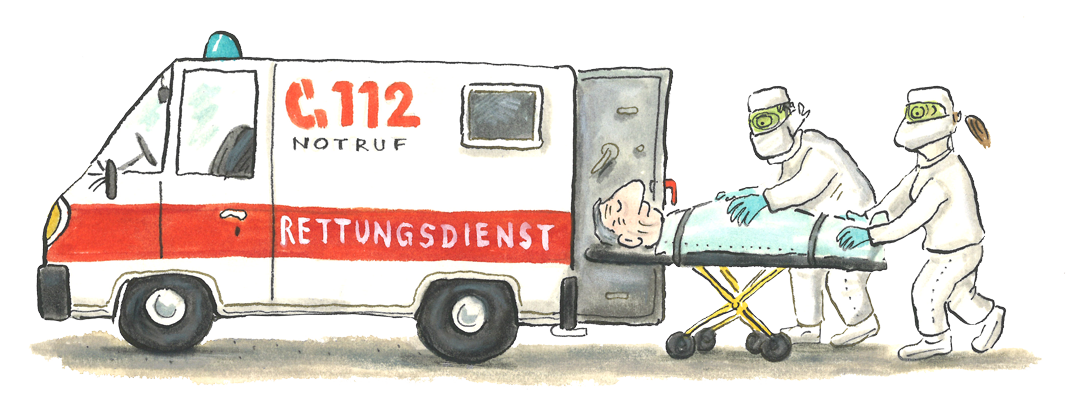
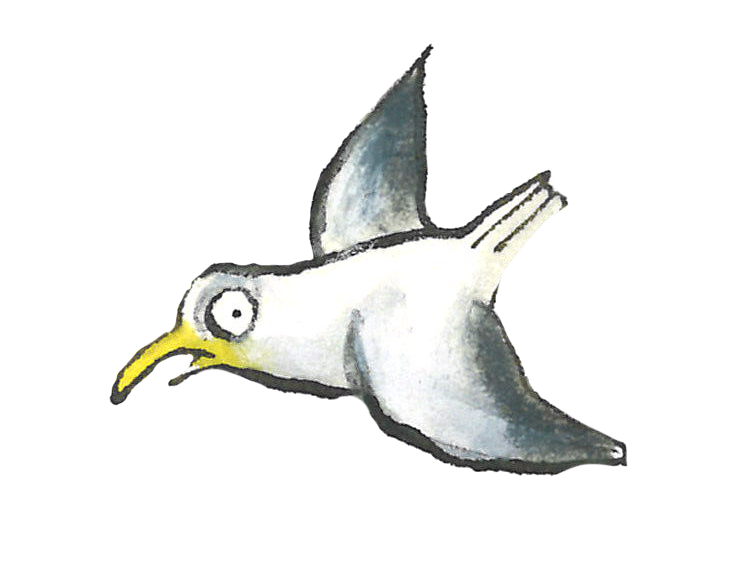
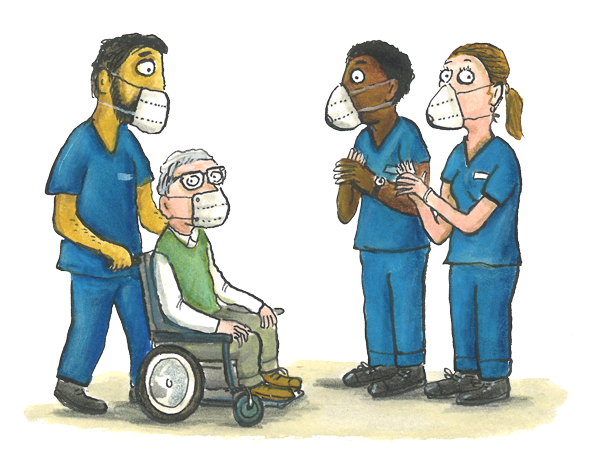
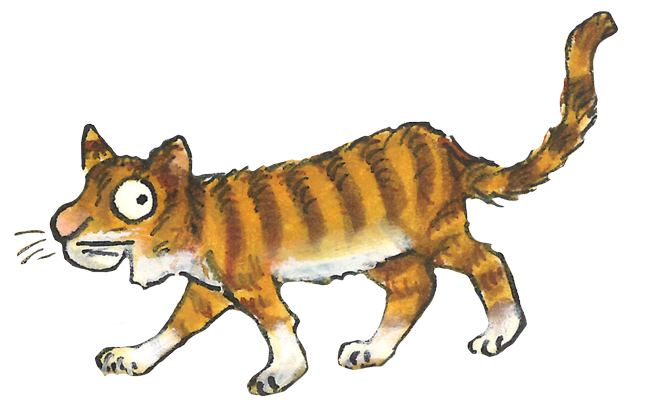
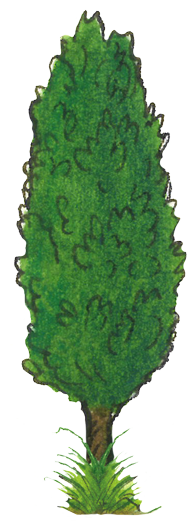
What helps us against the coronavirus?
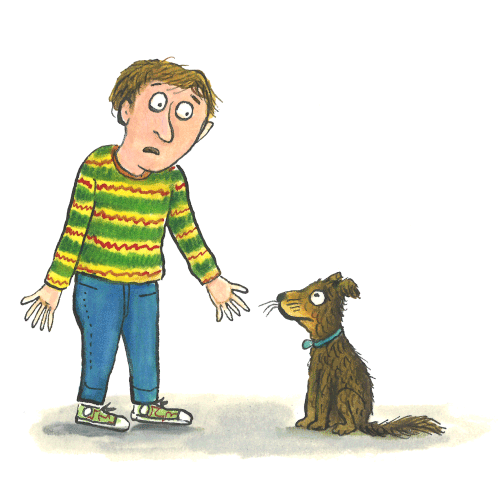

We work and learn from home.
We can’t go to school for a while.
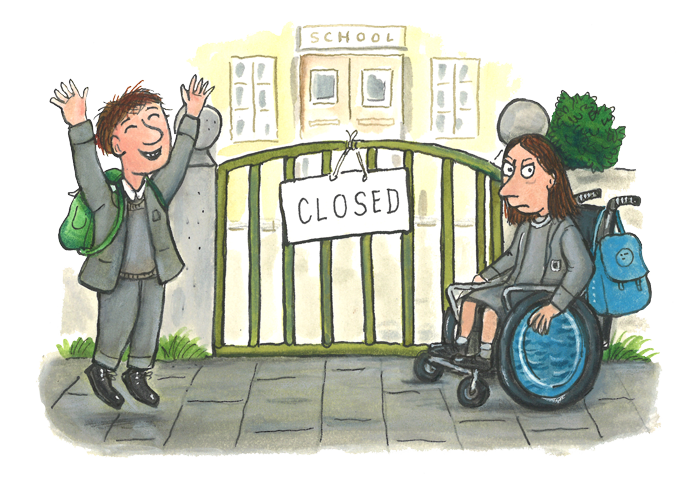
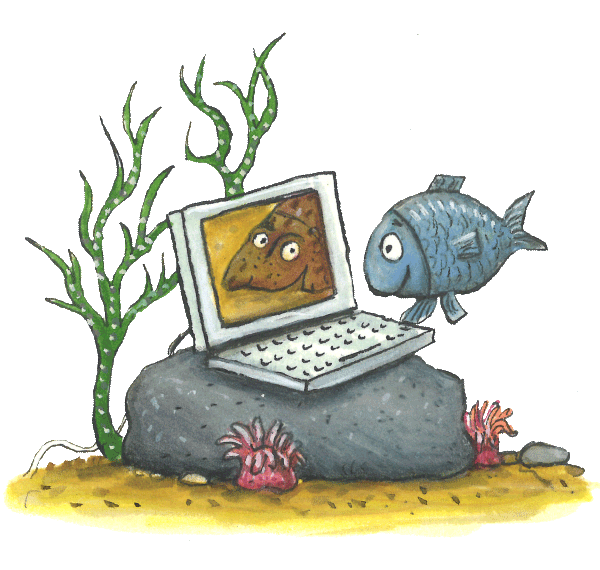
We use computers to work, play, learn, and keep in touch with others.
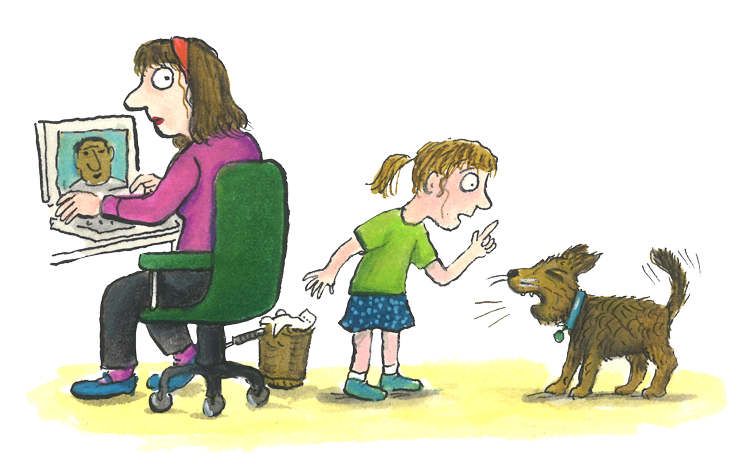
Many people have to work from home to protect themselves and others from the corona-virus.
How are we doing during the pandemic?
Sometimes we’re happy.
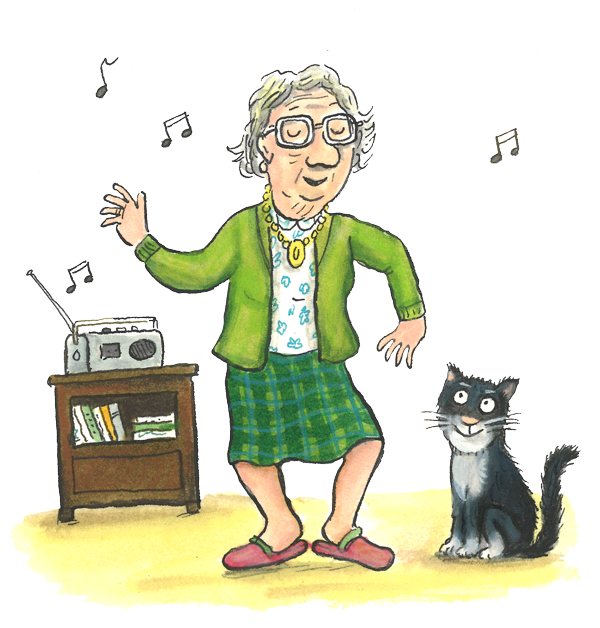
Some people are bored of having too many online meetings.
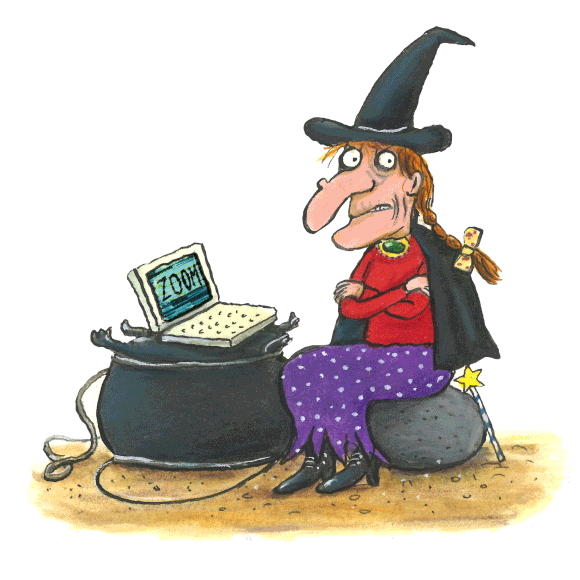

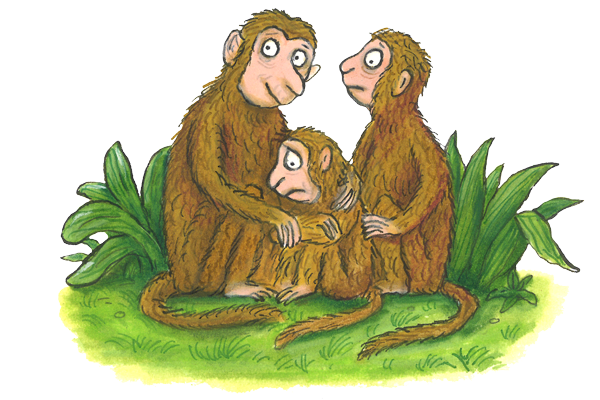
Sometimes we have to comfort others.
How do we live with the pandemic?
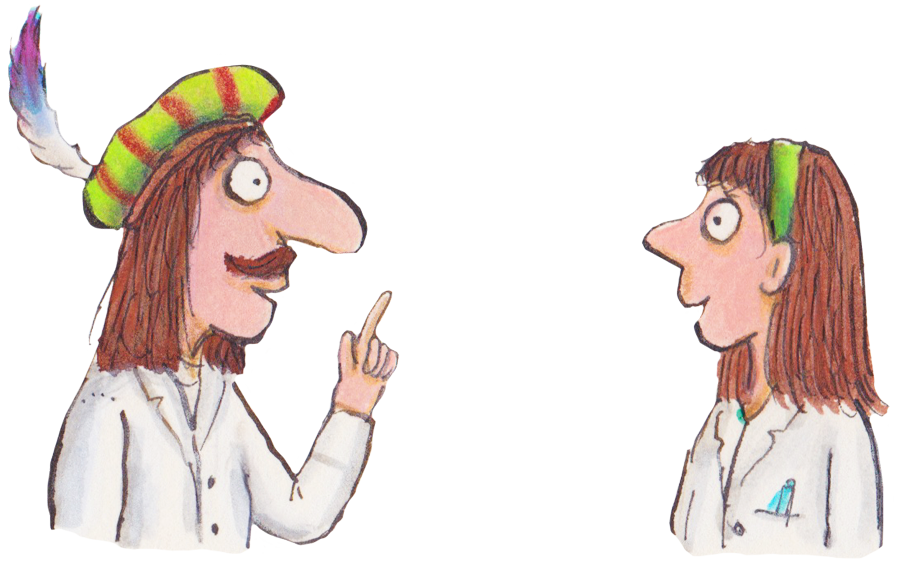
Prince: «And what’s the best way to live with the coronavirus?»
Princess Pearl: «I can tell you that.»
… social distancing
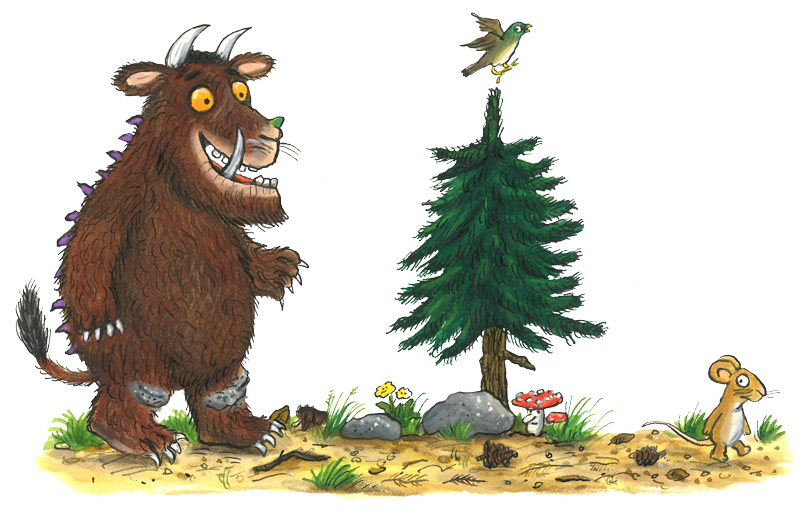
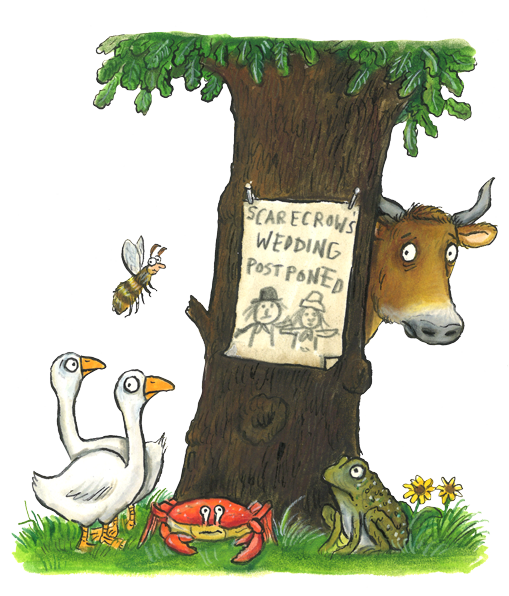
Social distancing sometimes also means giving things up! We can’t celebrate together.
… washing hands
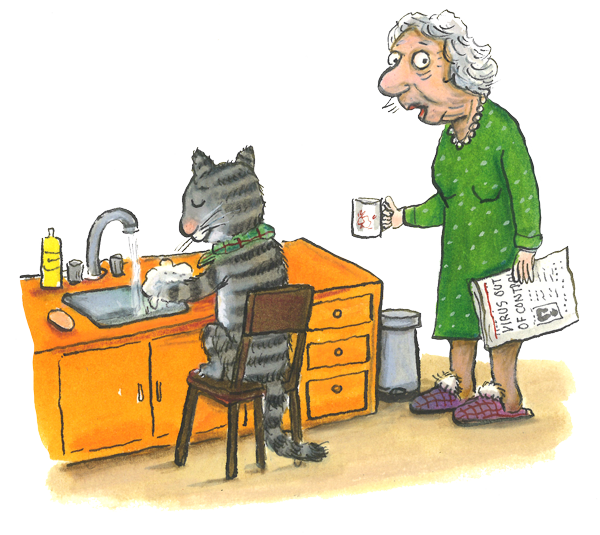
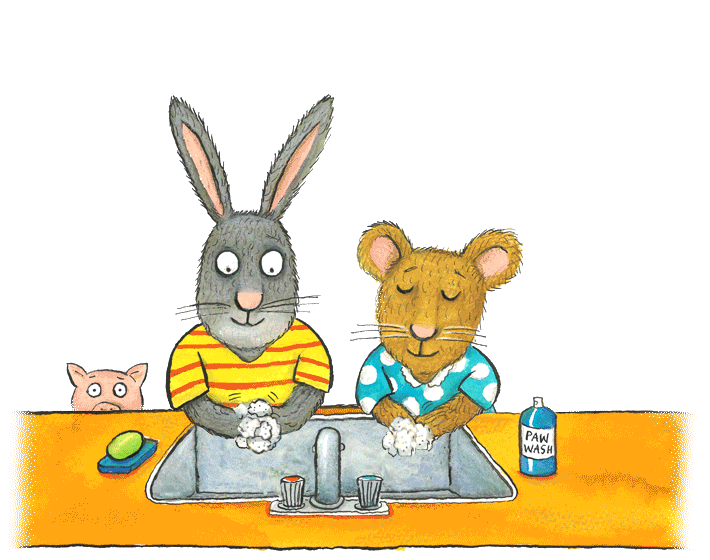
Hands should be washed everywhere, not just at home.

… wearing of a mask
Masks protect us from airborne viruses
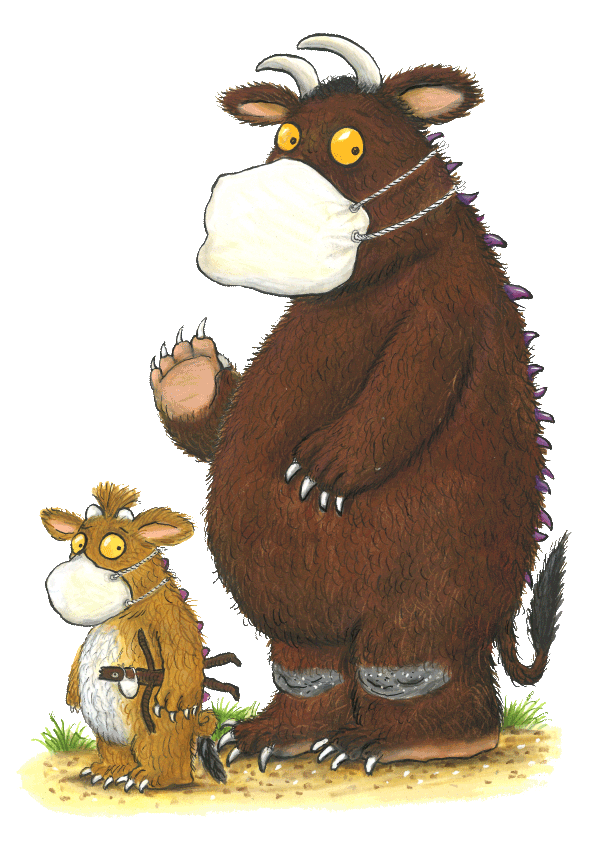
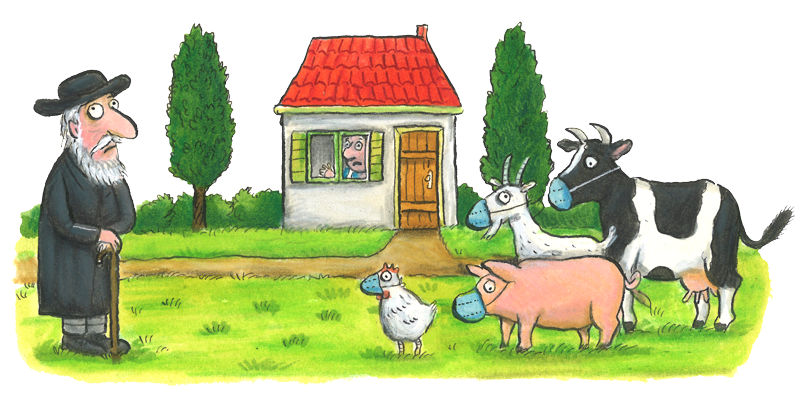
… wearing masks in public
We wear masks when we go shopping.
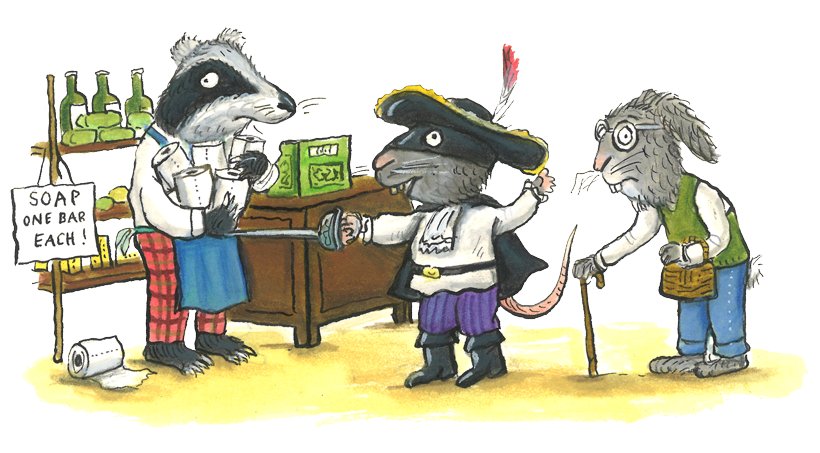







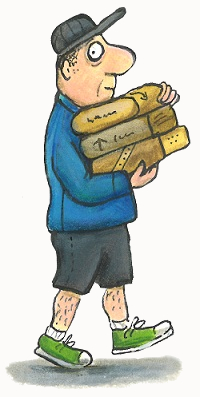
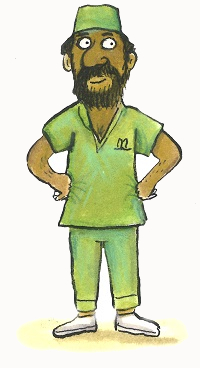
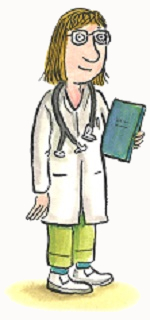
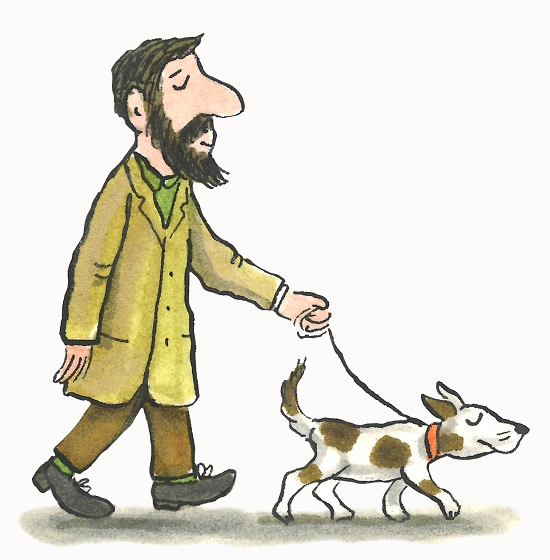
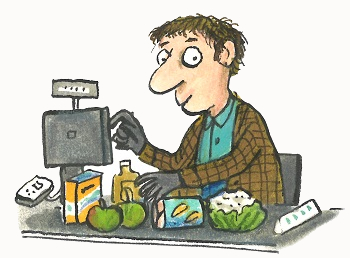

We wear masks on public transport.
… vaccination
What is a vaccination and how can it help us?
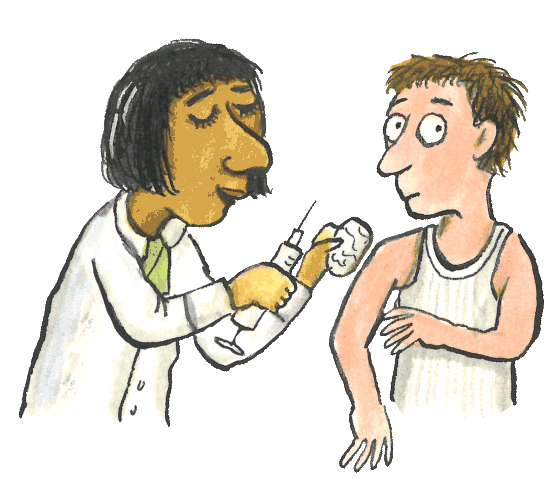
If we’re vaccinated and still come into contact with the coronavirus, our body can defend itself with the help of antibodies.
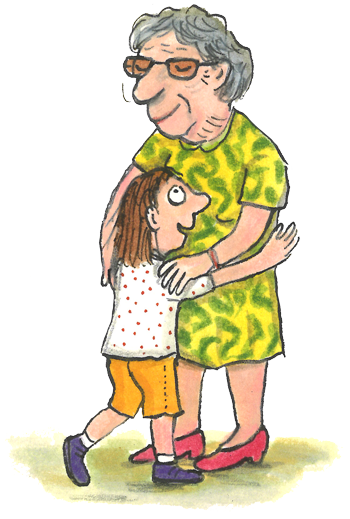

Together
we can do it!
We shouldn’t just stay alone and think about the coronavirus.
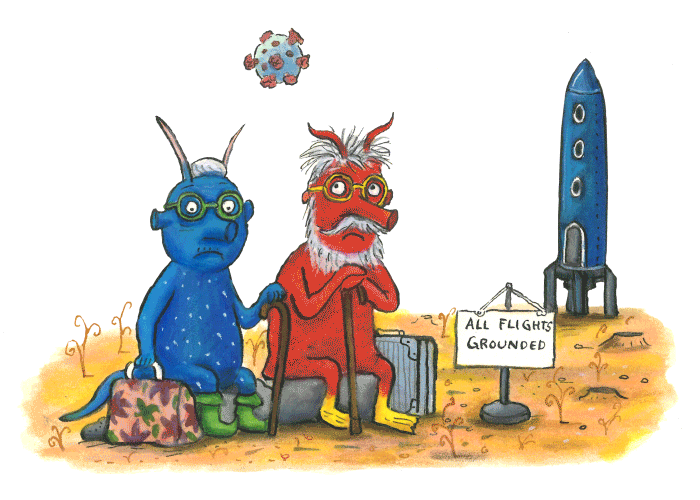
Contact with friends and family will help us through this unusual time.
Despite coronavirus, we can be there for each other and for others.
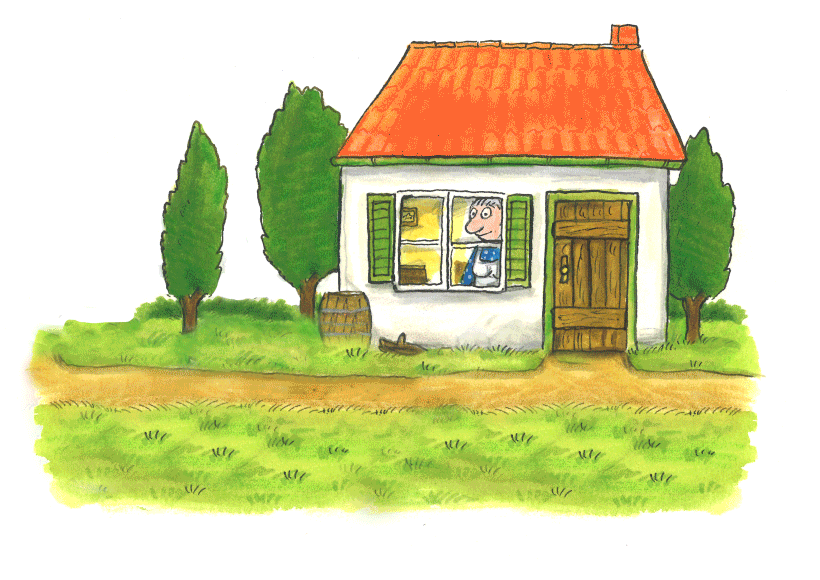
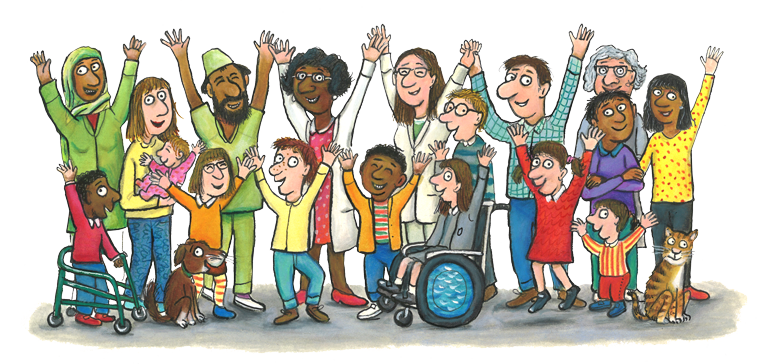

… and then we’ll play, laugh, dance, and be happy together again!
